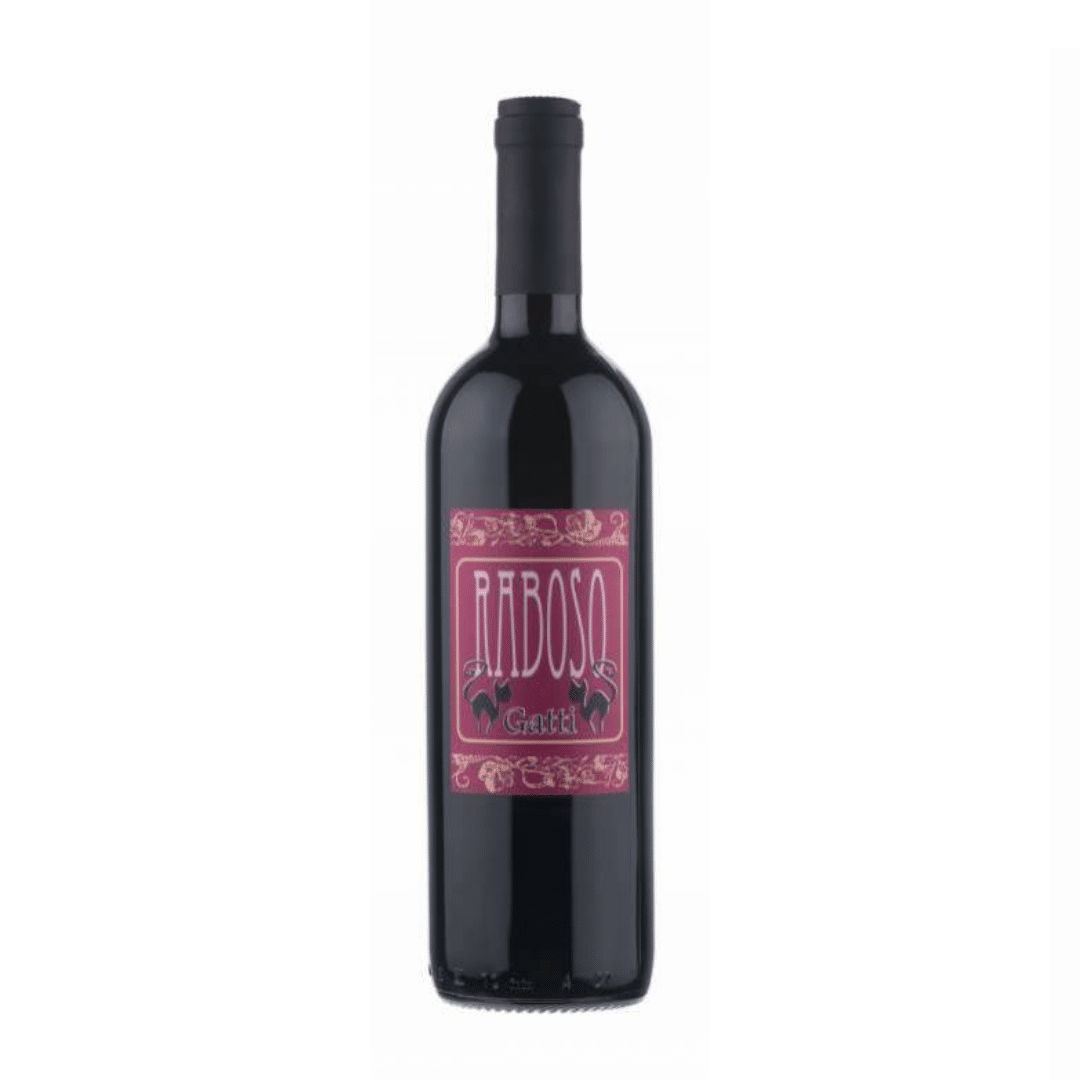Carolina Gatti Raboso 2019
16,30 €
| Year | 2019 |
|---|---|
| Manufacturer | Carolina Gatti |
| Format | 75 Cl |
| Origin | Italia |
| Typology | Red Wine |
| Grape Variety | Raboso del Piave |
Out of stock
Manufacturer: Carolina Gatti
Raboso
️ Piave Bridge, Veneto
Carolina Gatti
Raboso del Piave 100%
2019
️ 11%
The bunches are harvested in early November, macerated on the skins for ten days. Fermentation occurs spontaneously using native yeasts. Frequent punching and pumping over. The wine ages in concrete tanks and rests in the bottle for at least three months.
Complex nose, of dark petaled flowers and berries, then undergrowth, black pepper and rhubarb, mineral on the finish
The sip is fresh and lively, savory and with present but elegant tannins
Serving temperature 14°-16° (even 18° if you want it more expressive)
Fried Paranza
A joyful red wine suitable for fish
See all products of Carolina Gatti
Ponte di Piave (Tv), Veneto
Carolina Gatti is a winemaker, blogger and above all winemaker. Determined and courageous, free.
His company extends over 5 hectares in Ponte di Piave, on the hills of Conegliano-Valdobbiadene. Inextricably linked to Raboso del Piave, a truly little-known but generous variety, if you know how to work with it, Carolina already has many harvests under her belt, having participated in those at home since she was a child.
He approaches wine with a conventional idea of it but quickly embraces the poorly interventionist and natural philosophy.
Proof of this are the facilities in which he grows his vines in the Treviso area, an ancient and truly obsolete technique, Belussera. It is a non-mechanized farming system similar to rays.
Her vineyards are approaching 100 years old and were handed over to her by her father Lorenzo, who still helps her today, together with her mother Renata and brother Lino.
The cellar is truly an enormous ecosystem given that next to the vineyards there are corn fields and cattle are raised from which the organic substance used as fertilizer also derives.
There are very few treatments in the vineyard, ranging from Bordeaux mixture to a minimal distribution of sulfur and copper, only native yeasts are used in the cellar, the wines are not filtered and sulfur dioxide is added in very small quantities.



